Things you did not know about Your Dog’s Tail| Be Ready to be Surprised.

A dog’s wagging tail can tell us so much about them. Right from its current frame of mind to complex emotions, a dog’s tail can tell it all. And this flexible extension of its back bone comes with some superb functions. The tail that greets you happily deserves more respect than just being an interesting accessory that comes in different shapes, sizes & colors. Be ready to be wowed by its many uses.
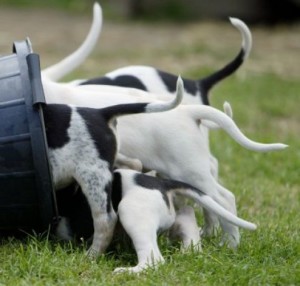
- A dog’s tail’s position and style of wagging:(image -brignews.com)
- When canines hold their tails in the middle and wag it slowly, it is an expression of a neutral mood (neither anxious nor excited).
- A broad wag indicates a friendly disposition.
- A small wag while meeting strangers is a cautious way of greeting people it is still uncertain about.
- A tail held high making short rapid backward and forward movements is an indication/warning of threat.
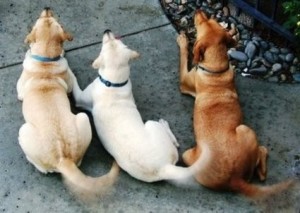
Researchers believe that behaviors and emotions in canines are controlled by left and right sides of the brain just as in humans and correspond to hemispheric activation. Image:www.futurescienceleaders.com
- The direction in which it wags its tail: A dog with its tail wagging to the right means it is happy and relaxed. These are inviting signs allowing one to go near the dog. If the tail wags to the left it indicates that the dog is nervous and fearful. It’s best to stay away or maintain distance from an anxious dog. Through a simple wag dogs are able to convey emotions to other dogs around and receive responses depending upon the tail’s direction.
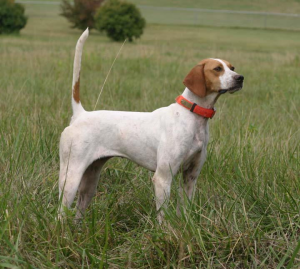
In a study it was found out a left wag lead to stress in fellow dogs and a right swing caused happiness & relaxation among surrounding dogs. Image:www.petmeds.org
- Tails guide dogs in water: Dog breeds that are natural swimmers such as Golden Retrievers are known to use their tails as a rudder in water while swimming.
- When does a dog wag its tail for the first time? Puppies don’t swing their tails until they are 45 days old. At this age they begin to communicate using this appendage and often practice with their mother and litter mates.
- What causes dogs to chase their own tails? It could be one of the following reasons, perhaps your pooch wants some physical activity and finds running after its tail an interesting exercise. It could also be stemming from flea infestation, therefore thoroughly check its fur for presence of ticks. Even the natural urge to chase its prey could lead to this kind of tail-chasing behavior.
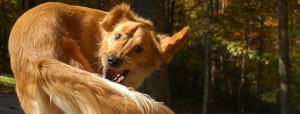
Occasional tail-chasing is absolutely normal but if it turns into an excessive/repeated activity then your pet could be suffering from Obsessive Compulsive Disorder (OCD). Image:decker.com
- Dogs don’t wag in solitude: A pooch will only shake its tail when surrounded by other dogs or humans and never when alone. It is used to guide social interactions whether positive or negative.
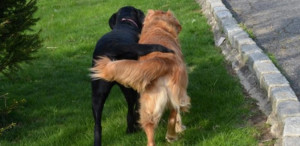
A tail-less dog will have a hard time communicating via this medium with its two-legged or four-legged mates. Similarly for the latter group it gets difficult to comprehend emotions/social cues of a dog with docked tail. Image:dogatart.com
- Tails are the flexible extension of a dog’s spine.
- Balancing act: This hind-most part is a handy tool for balancing the body while treading narrow pathways and rugged routes. Also dogs participating in agility sports use their tails to stay stable while running, jumping or turning.
- Dogs use their tails to spread their unique natural smell: Usually an alpha/dominant canine will carry his tail high to spread more of its scent from its anal glands. Dogs that hold their tails at a lower level aren’t able to release as much of their scent. Submissive or scared dogs hold their tails between their legs in order to conceal their natural smell. The swish of a tail helps to further spread and fan the scent from anal glands.
Article Resource: iheartdogs.com
Disclaimer: Pets world India or the author has not verified the findings of the various studies quoted in this article nor does guarantee the factual existence of same.
With over 15 years of experience in dealing with pets, the PetsWorld Team is now a constant guide for thousands of pet owners in India. Their passion for improving the lives of pets can be seen in their featured blog posts dedicated to pet care.

![]() +91-8744012053
+91-8744012053
.png)


![]() +91-8744012053
+91-8744012053
.png)


